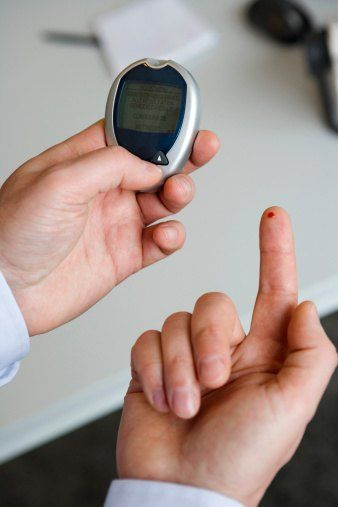Microelectronics integrated into contact lenses hold great promise in helping diabetics manage their blood sugar levels more effectively. Here's how this innovative technology can potentially benefit individuals with diabetes:
Continuous Glucose Monitoring (CGM): One of the most promising applications of microelectronics in contact lenses is the ability to incorporate tiny sensors that can continuously monitor glucose levels in tears. This CGM technology offers a non-invasive and continuous way to track blood sugar levels, eliminating the need for frequent finger pricks.
Real-Time Data: The microelectronics within the contact lenses can transmit real-time glucose data to a connected device, such as a smartphone or a dedicated glucose monitoring device. This allows diabetics to access their blood sugar information conveniently and helps them make informed decisions about their insulin dosages and dietary choices.
Alerts and Alarms: When glucose levels deviate from the target range, these smart contact lenses can trigger alerts or alarms. This feature is particularly valuable for individuals who are at risk of hypoglycemia (low blood sugar) or hyperglycemia (high blood sugar), as it enables timely intervention.
Improved Quality of Life: The elimination of routine finger pricking and the convenience of continuous monitoring can significantly improve the quality of life for diabetics. It reduces the physical discomfort associated with traditional glucose testing methods and provides a more holistic view of glucose trends.
Enhanced Adherence: Microelectronics in contact lenses can promote better adherence to blood sugar monitoring regimens. The convenience and unobtrusiveness of these devices make it more likely for individuals to consistently monitor their glucose levels.
Early Detection of Trends: Continuous monitoring allows for the early detection of glucose trends. This enables proactive adjustments to insulin doses or dietary choices, helping individuals maintain better blood sugar control.
However, it's important to acknowledge that while the concept of microelectronics in contact lenses for diabetes management is promising, there are several challenges to overcome:
Accuracy: Ensuring the accuracy and reliability of glucose measurements from tears is crucial. The technology must be able to provide readings that are consistent with traditional blood glucose monitoring methods.
Safety: Safety concerns, such as the materials used in the contact lenses and potential irritation to the eyes, need to be carefully addressed.
Regulatory Approval: These devices must undergo rigorous testing and receive regulatory approval to ensure their safety and efficacy.
Cost: The cost of such advanced technology could be a barrier to access for some patients, especially in regions with limited healthcare resources.
In conclusion, microelectronics integrated into contact lenses have the potential to significantly improve the management of blood sugar levels for diabetics. Continuous monitoring, real-time data, and enhanced convenience can empower individuals to make better-informed decisions about their diabetes care. However, further research, development, and regulatory approval are needed before these devices become widely available to the diabetic population.


No comments:
Post a Comment